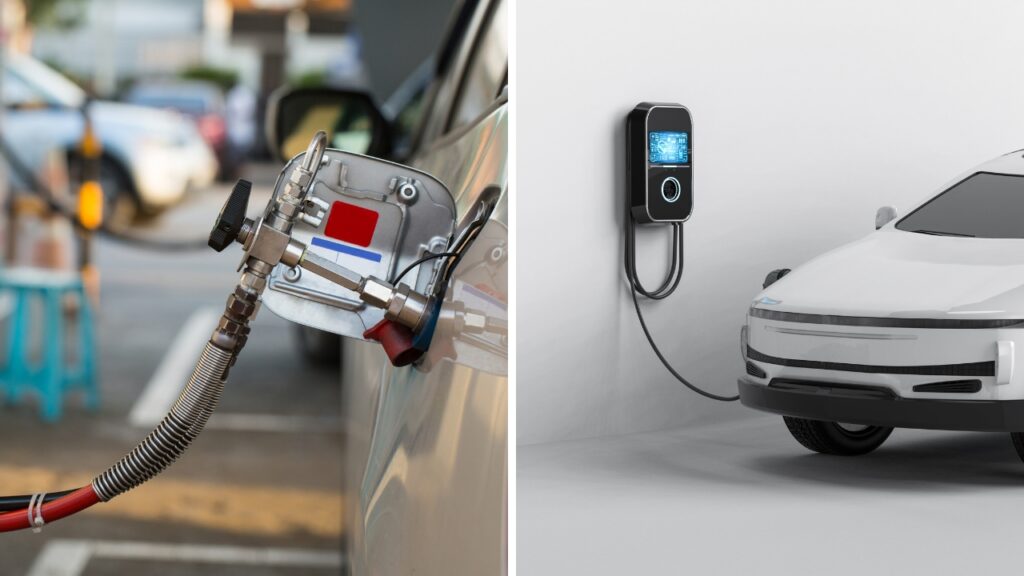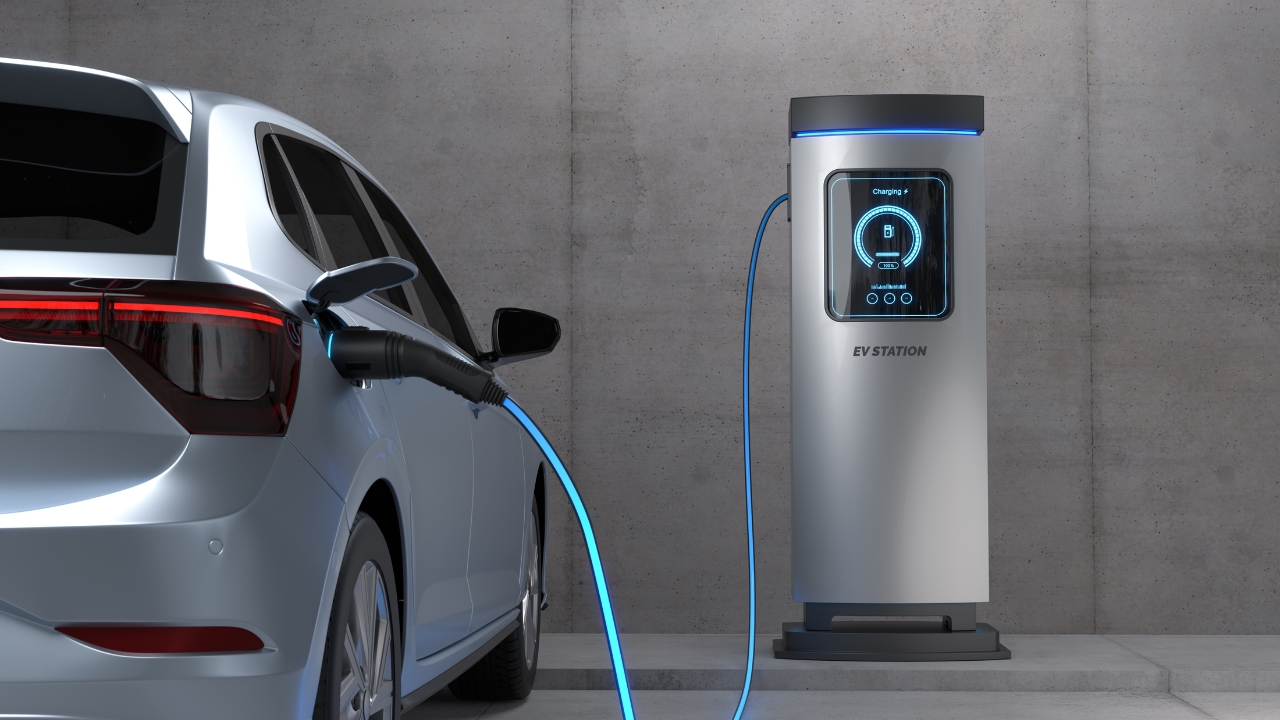Introduction: The Changing Landscape of India’s Automobile Market
India’s auto industry is in a phase where the expected important part of greener mobility, EVs, are not gaining the sales-market-share lead, while hybrid and CNG vehicles continue to dominate on-growth numbers. There are still several critical issues that will impede the adoption of EVs, such as limited charging infrastructure, higher insurance premiums, and uncertainty around resale values, so consumers continue to favor hybrids and CNG models as more practical alternatives at this time. Nevertheless, new models of EVs are knocking at the door to threaten such status again soon.
Surging Sales: Hybrids and CNG Cars Outpace EV Growth
Hybrid and CNG cars are gaining market share rapidly in India. According to Jato Dynamics, sales of CNG cars have gone up by a spectacular 32.65% during the first 10 months of 2024 as against last year. Hybrid cars, starting from plug-in hybrids to strong hybrids, too saw a remarkable increase of 19.22%. Pure electric vehicles, however grew only by 8.56% over the same period, but still both these segments managed to outpace the industry overall growth rate of 2.25%. This tends to suggest that in India, consumers prefer hybrid solutions over going straight for pure electric choices.
The traditional petrol- and diesel-based vehicles remain the main vehicle sales mix, approximately at 80%. On the other hand, though increasing, the acceptance of hybrid and CNG by the customers indicates that the actual movement towards full electrification has begun, but in a very incremental pace instead of a drastic move to EVs.
Consumer Preferences: Why Buyers Are Leaning Towards Hybrids and CNG?

One of the major reasons consumers opt for hybrids and CNG vehicles is that it is convenient and practical. Both options allow for a smoother transition to greener technology without the immediate infrastructure demands pure electric vehicles do. Hybrids particularly appeal to consumers because it permits them to run both electric power and a conventional engine, which eases the problem range anxiety often associated with EVs.
In addition, CNG cars offer a low-cost, fuel-friendly alternate to petroleum-based fuels with reduced operating costs and emissions. For a country like India where costs play an important role and things need to be easy to operate and use, CNG would be an attractive option for both private as well as commercial vehicle buyers.
Also Read: Tata Motors Reports Q2 Profit Decline Amid Weaker JLR Sales and Domestic Market Challenges
Upcoming EV Models: Will New Launches Drive Demand?
A lot of interest is seen going forward in the Indian EV market, looking forward to many high-profile launches planned for 2025. Models like Suzuki e-Vitara, Hyundai Creta EV, Mahindra BE.6e and CEV9e can be seen generating a lot of buzz among the would-be EV buyers. These cars might be capable of bringing new technologies and range, which would indeed appeal to more widespread adoption.
However, with the new models coming into the market, this will be insufficient to pass major hurdles EVs have to go through. Charging infrastructure in semi-urban and rural areas remains very limited. Several buyers are deterred by high insurance premiums mainly because the initial cost of EVs remains relatively high compared to ICE vehicles.
Key Challenges Impacting EV Adoption in India
- Charging infrastructure: At present, India has no robust charging stations’ network; these exist virtually exclusively in metro cities and are absent outside metropolitan locations. For building high acceptance levels, the country will need to devise a reliable and accessible charging infrastructure.
- Insurance Costs: EV insurance tends to be more expensive than other older-model vehicles. This would be a high barrier for price-sensitive buyers. More specifically, insurers are using such higher costs as reasons to charge more in premiums: the more expensive repair costs of EVs.
- Resale Value Concerns: The consumers are not very confident about the long-term residual value of electric cars because EVs are a recent and immature technology. At present market demand does not know much about the rate at which EVs depreciate and, therefore, consumers are reluctant to invest until the market grows more mature.
- Battery Replacement Costs: Still a concern within it is the life of the battery and replacement costs. Although technology is improving with EVs, the possibility of having to replace the battery when it’s due may be quite costly when that time comes, and many buyers consider this in their purchase.
Industry Insights: Addressing EV Ownership Issues
According to industry leaders, future success of EVs in India will depend considerably on how well such concerns about ownership are tackled. “Importantly, a proper supportive environment is developed for ownership of EVs,” says Ravi Bhatia, president, Jato Dynamics. Factors like the increase in charging stations, reduced insurance costs, and well-defined details on the resale value of EVs can attract more and more consumers to the cause.
The Role of Hybrid Vehicles in Supporting EV Growth
Hybrid cars are not just competing with EVs but are complementing the whole shift to green mobility. “Hybrid demand will eventually contribute towards building of EVs,” said Vikram Gulati, Executive Vice President of Toyota Kirloskar Motor. Hybrid sales further add up the capacity additions in homegrown components to support EVs. Economies of scale gets increased to ensure that the cost of EVs comes down in the long run.
Hybrids and EVs are complementary technologies,” Gulati says. “As hybrid vehicle sales grow, it helps to support the localization and mass production of EV powertrain components, which is common to both vehicle types. That in turn helps create a stronger ecosystem that benefits the EV industry as well.
Also Read: New Maruti Suzuki Dzire Achieves Five-Star Rating in Global NCAP Crash Tests
The Road Ahead: What Lies in Store for India’s EV Market?
India is one step closer towards greener transport solutions. Hybrids and CNG cars lead the eco-friendly market today, but the scenario is ever-changing. As newer electric models are set to come in, with greater investment in infrastructures, coupled with the removal of ownership issues, EVs will be seen to grow even more in the years to come.
The government and the industry players should collaborate to help the EV market flourish. This would involve major expansion in charging infrastructure, encouragement of local battery production, and creating consciousness about the benefits and challenges of owning an EV. With correct support and encouragement, EVs will not just match up but also surpass hybrid and CNG sales as India walks toward roads of sustainable mobility.
Conclusion: Hybrid and CNG Lead, but EVs Remain Promising
In short, the preferences of the Indian automobile market are coming in a simple way: hybrids and CNGs are gaining preference as consumers prefer gradual transition rather than abrupt. However, given the new electric models being released and investments made in supporting infrastructure, the EV market holds plenty of promise for growth. The next few years will tell whether the Indian car buyer has enough guts to let go of the fear and jump into full electric or if the hybrid and CNG trend will continue to dominate the country’s path toward greener transportation.

